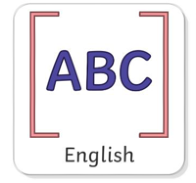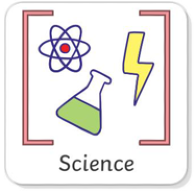Friday 28th March
Grammar Warm Up
LC: to create sentences that show cause and effect with causal conjunctions
Complete these sentences with the most appropriate
ending from the list below and
circle the causal conjunctions in each sentence.
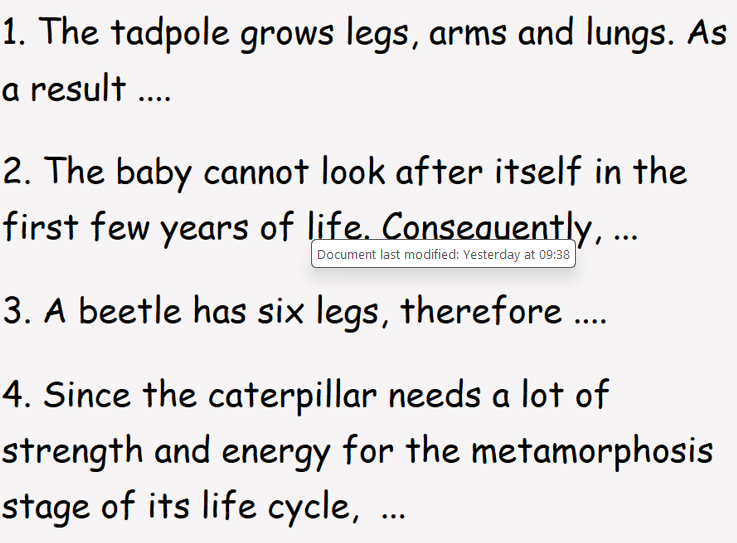
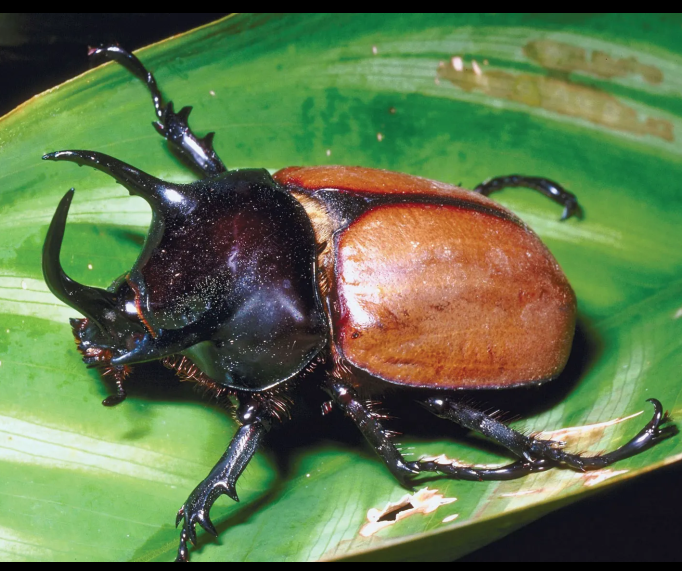
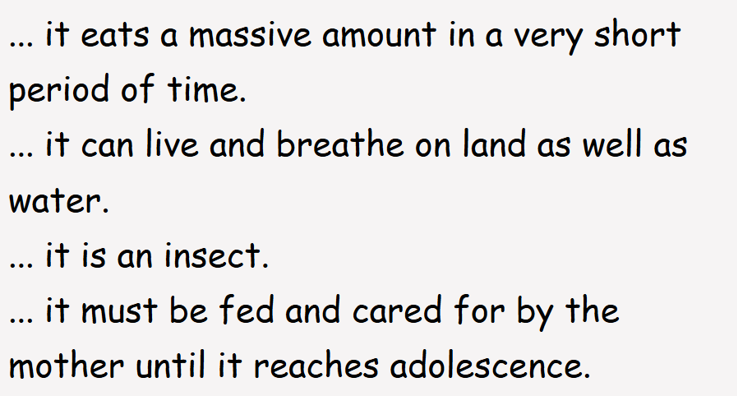
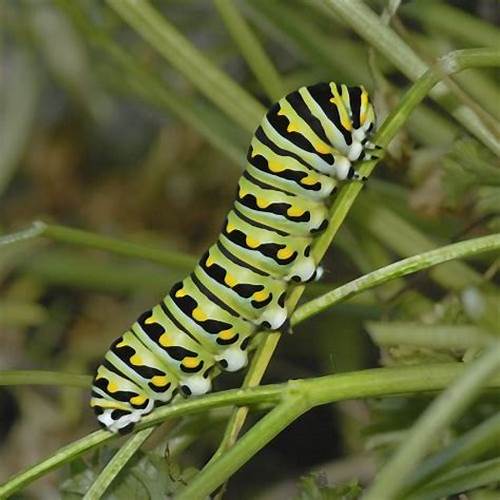
LC: to summarise main ideas drawn across more than one paragraph and identify key details which support this
Let's shared read the explanation text,
Why do people die if they stop breathing?
- what are the main ideas in each paragraph?
Tell your talk partner.

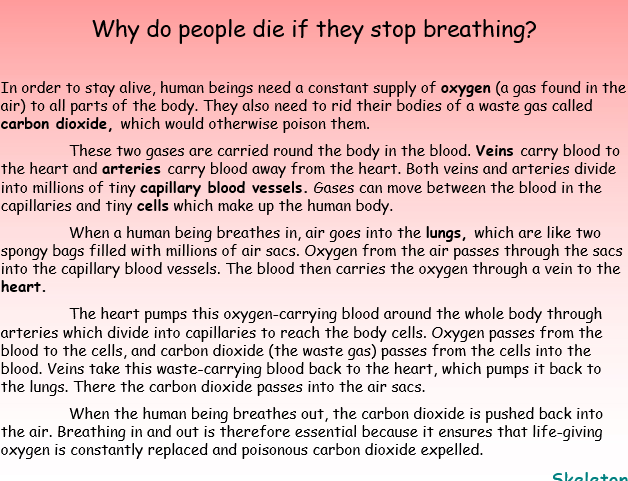
Match the sub-heading to each paragraph
a) How the heart works
b) How we stay alive
c) The importance of breathing
d) Carrying blood around the body
e) How the lungs work
What makes a good sub-heading?
What is the function of a sub-heading?
Tell your talk partner>

Now read How do babies grow?
- what are the main ideas in each paragraph?
- think of a short sub-heading for each paragraph
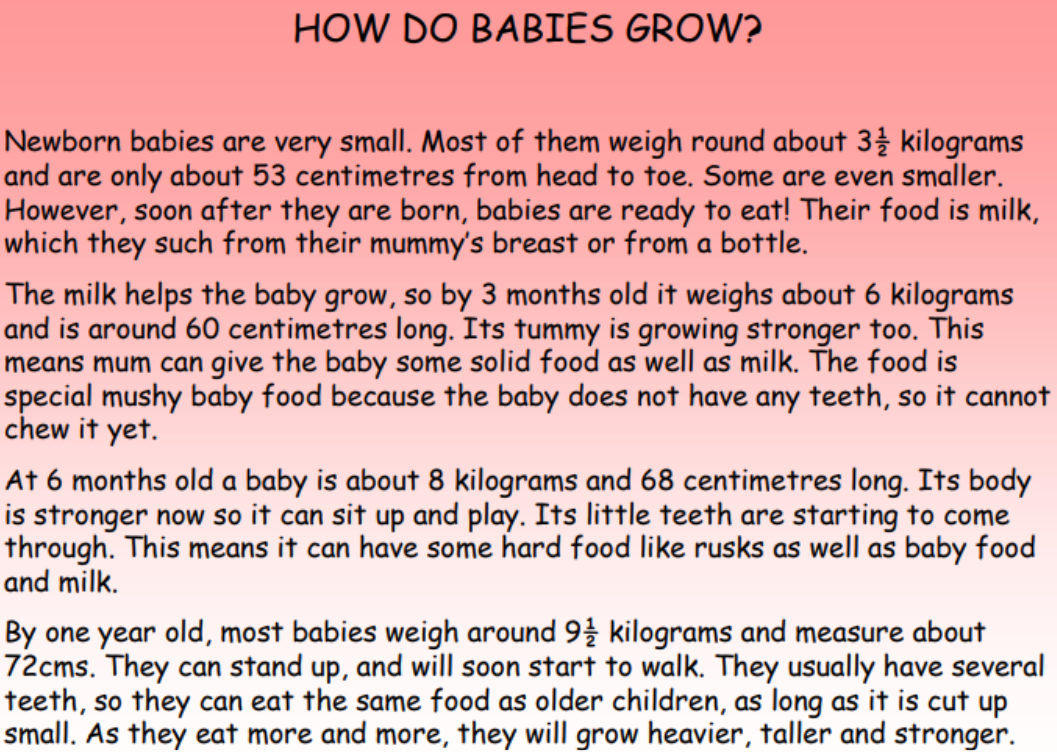
Now, think of some sentences with
a causal conjunction using the text above.
For example:
A human baby must rely on its mother because it cannot look after itself.
so therefore because
as a result consequently
Since As
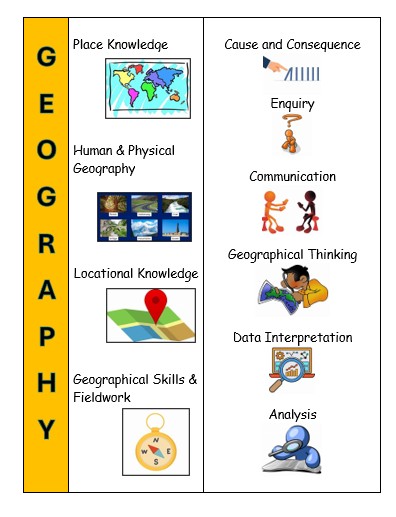

LC: to compare and contrast the human features of Brazil and Lancashire with regards to land use, settlements and trade
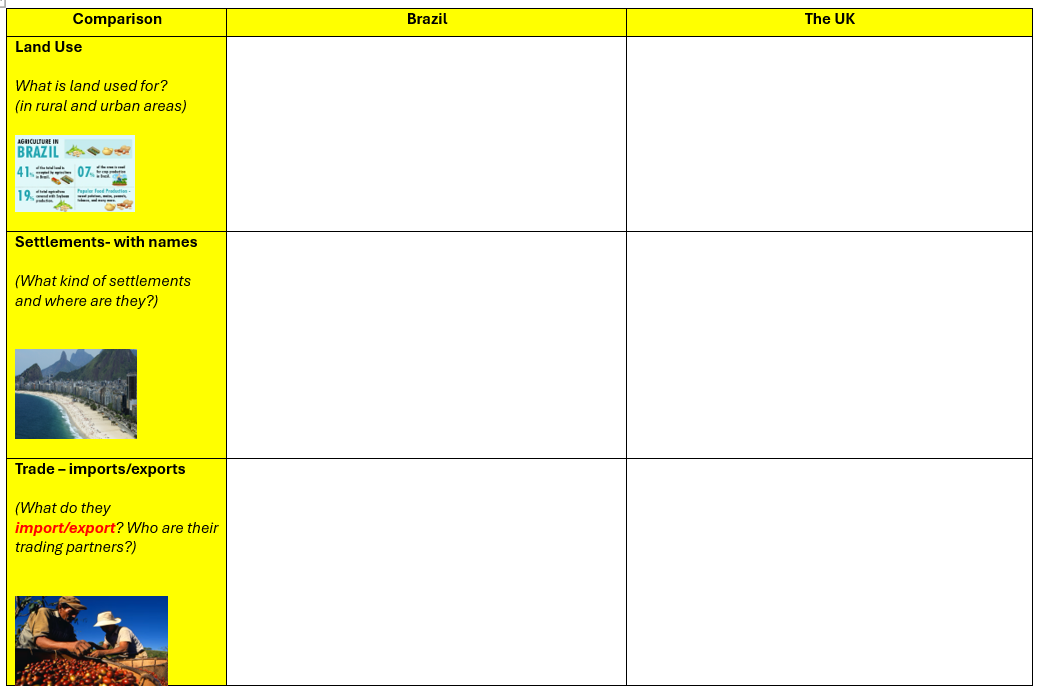
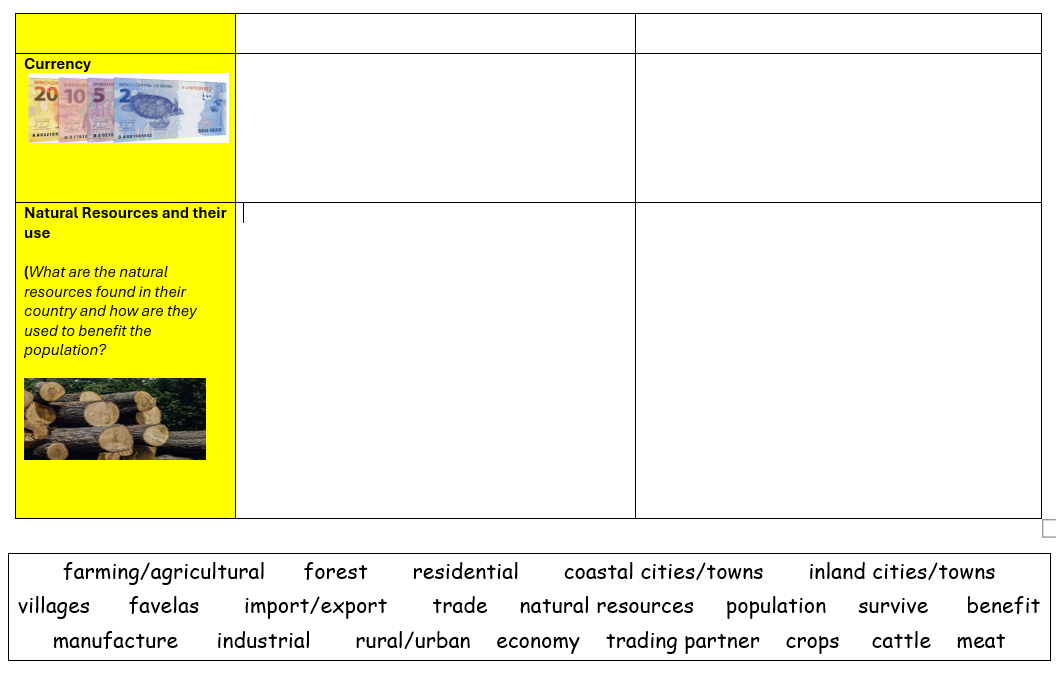
You are going to show all your learning from this unit about Brazil.
Using your Geography books, complete the table with notes about each of the topics.
Use these notes to write an explanation text comparing Brazil and the UK.
LC: To describe the process of reproduction in plants.
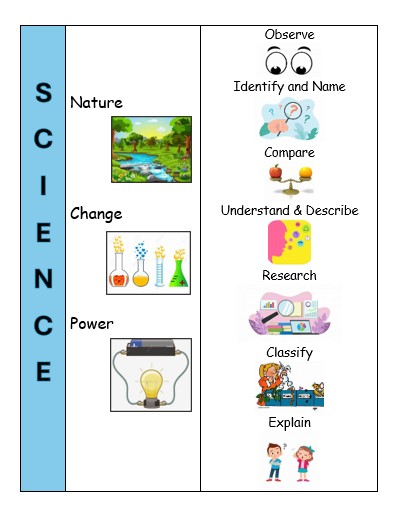
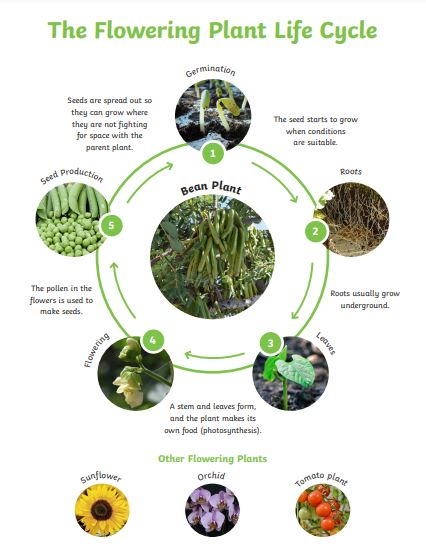
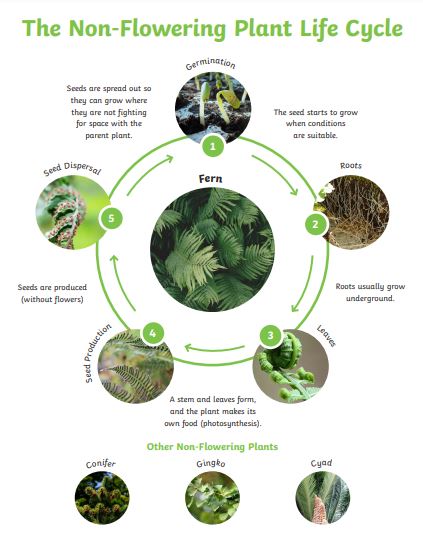
Strawberry plant life cycle video
What is the reproductive system of a plant?
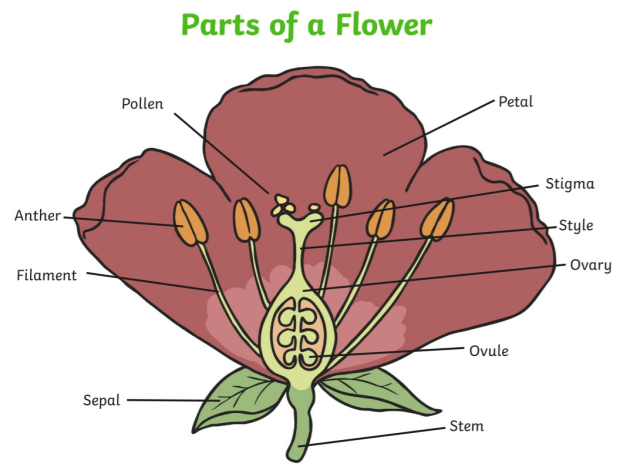
To start off with, let’s have a look at the reproductive system of a typical flowering plant. The key parts that we need to know about include:
- Sepals: this protects the flower that hasn’t yet opened.
- Petals: the pretty part to attract insects.
- Stamens: these are the male parts of the flower, which are made of anther and are held up on the filaments.
- Anthers: these produce male gametes (a human male gamete is the sperm, and a female is the egg), in the form of pollen.
- Stigma: the female part of the flower that collects the pollen grains.
- Ovary: another female part of the flower that produces female gametes, in the form of ovules.
- Nectary: sometimes present in plants to produce a sugary substance that aims to attract insects.
How do plants reproduce?
Plant reproduction can happen either sexually or asexually. Asexual reproduction requires a plant to make a replica of itself. Similar to other species, sexual reproduction in plants requires both female and male gametes in order to make a new plant.
For this to happen, the transfer of male gametes (pollen) need to be transferred onto female gametes (ovules). We call this process pollination, which can happen in a number of different ways, depending on the plant.
A pollen grain will only grow if it lands on the stigma of a flower of the correct species. A pollen tube will then grow through the centre of the flower’s tissues until it reaches an ovule inside the plant’s ovary. This pathway is created for the nucleus of the pollen grain to travel down and then fuse with the nucleus of the ovule. This process is called fertilisation. These seeds are then dispersed, a new plant grows, and the whole process begins again.
What are the different types of pollination?
As we know, for pollination to happen, pollen grains need to move from the anther of one flower to the stigma of another. Some plants are pollinated through the help of insects, and others rely on the wind. Let’s have a look at these different types of pollination, and how insect and wind-pollinated plants differ from one another.
Insect pollination
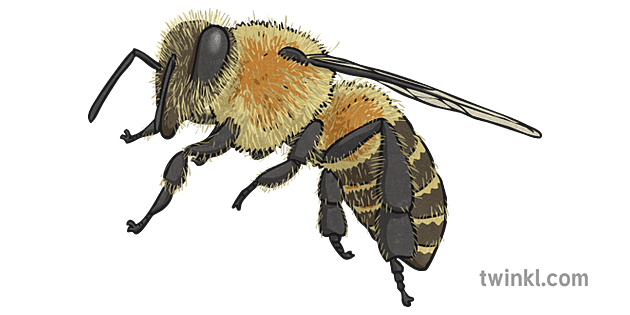
Insects land on plants to search for food. In doing this, pollen sticks to them, and as they travel to the next plant for food, the pollen that is stuck to their body gets transferred onto the stigma. Key pollinators include a variety of bees, flies and beetles. Without important preservation of these insects, our food supplies will be under serious threat.
Plants that rely on insect pollination have a distinct set of characteristics to make sure that bees, flies and beetles are attracted to the plant and can successfully carry the pollen. These include:
- brightly coloured petals;
- scented nectar;
- sticky or spiky pollen grains;
- firmly attached internal anthers for insects to brush against;
- an internal, sticky stigma which pollen grains which sticks to insects as they brush past.
Wind pollination

Wind pollination is when air currents carry pollen from one plant to another. This process is also known as anemophily.
Plants that rely on wind pollination also have a set of characteristics that make it perfect for relying on air currents to spread pollen and fertilise. These adaptations include:
- dull leaves, as the wind doesn’t need attracting;
- no scent or nectar, as there are no insects to be fed;
- more pollen than insect pollinated plants, as the vast majority of don’t make its way to other plants;
- smooth and lightweight pollen grains that are easily carried by the wind - dandelions are an excellent example of this;
- loose external anthers that easily release pollen grains;
- feathery external stigma that is designed to catch as much pollen as possible.
Seed dispersal
Once the plant has been fertilised and seeds have been produced, those seeds then need to be dispersed so that new plants can grow. This happens in a variety of ways, including:
- the wind which carries the seeds with the air current (e.g. dandelion seeds);
- as a product of an animal’s digestive system (e.g. tomato seeds);
- from the outside of an animal’s coat (e.g. burdock);
- plants that propel the seeds out themselves (e.g. pea pods).




